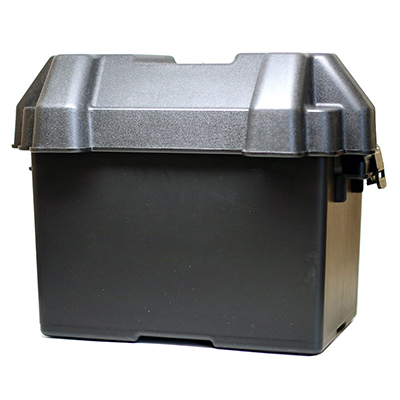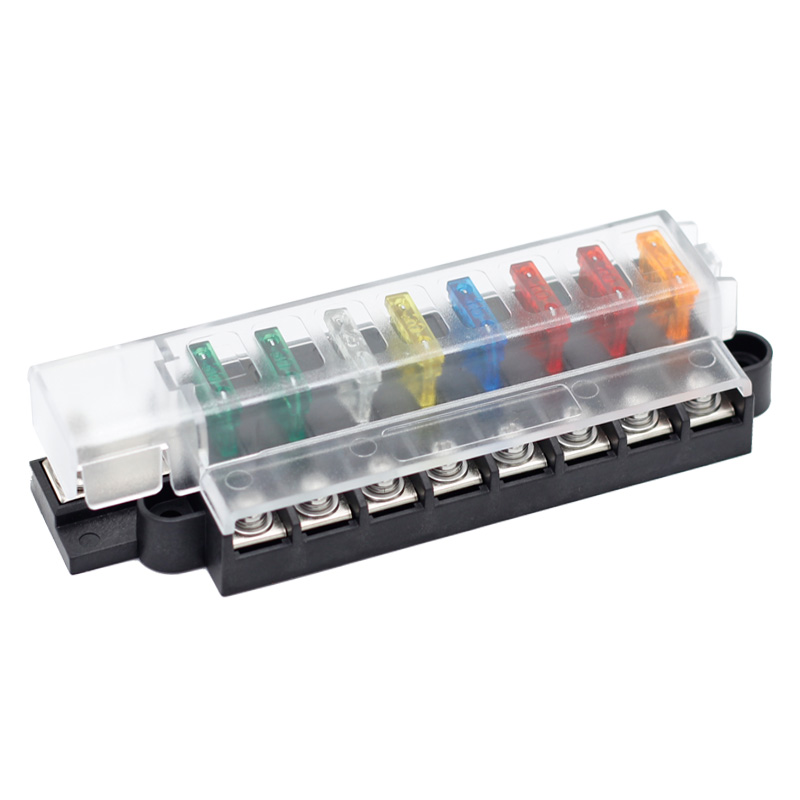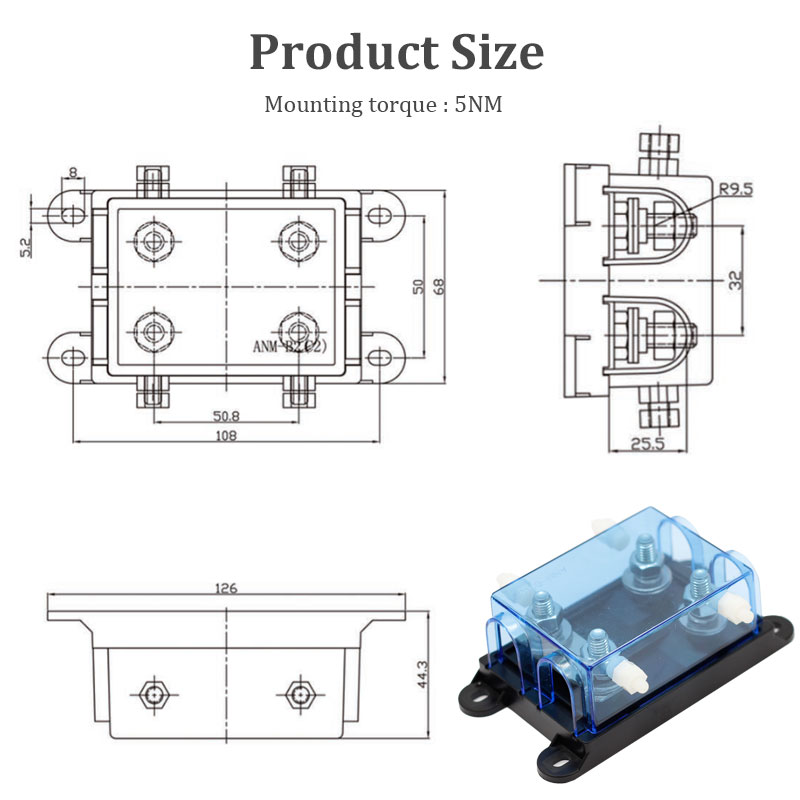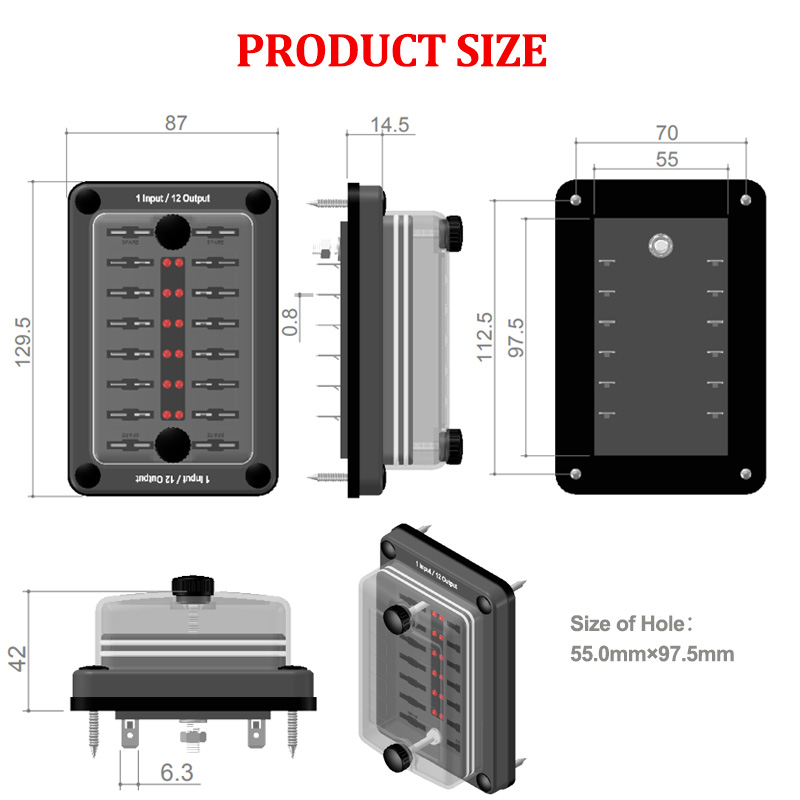Innovative Engineering for Freeze-Resistant Automotive Battery Enclosures in Harsh Winter Conditions
News 2025-10-20
Car batteries face significant challenges in cold climates, where freezing temperatures can reduce performance and lead to failure. A well-designed battery box with freeze protection features is essential for maintaining reliability in vehicles operating in regions like the Arctic or mountainous areas. These enclosures incorporate advanced materials and technologies to shield batteries from extreme cold, ensuring consistent power delivery and extending battery life. By focusing on key design elements, manufacturers address the vulnerabilities of lead-acid and lithium-ion batteries, which are prone to reduced capacity and potential damage when exposed to sub-zero conditions. This not only enhances vehicle safety but also reduces maintenance costs for users in cold environments.

Key Freeze Protection Features
Modern car battery boxes for cold climates include several innovative features to combat freezing. Insulation materials such as high-density foam and aerogel provide superior thermal resistance, minimizing heat loss and keeping the battery at optimal temperatures. Integrated heating elements, often powered by the vehicle’s electrical system, activate automatically when temperatures drop below a set threshold, preventing electrolyte freezing in lead-acid batteries. Additionally, sealed designs with rubber gaskets reduce moisture ingress, which can exacerbate freezing issues. These features collectively improve battery efficiency and longevity, making them indispensable for reliable performance in winter conditions.
Application Scenarios and Performance Advantages
In practical use, freeze-protected battery boxes are ideal for various scenarios, including long-haul trucking in snowy regions, emergency vehicles in cold climates, and everyday cars in areas with frequent freeze-thaw cycles. Their performance advantages are evident in enhanced cold cranking amps (CCA), which ensure engines start quickly even at -30°C. By maintaining stable internal temperatures, these enclosures reduce the risk of battery sulfation and corrosion, leading to a longer service life. Compared to standard boxes, they offer better energy efficiency and cost savings, as fewer battery replacements are needed, making them a smart choice for both commercial fleets and individual drivers facing harsh weather.
Frequently Asked Questions
1. What insulation materials are typically used?
High-density foam and aerogel composites for maximum thermal efficiency.
2. How do heating elements function in these boxes?
They use thermostats to activate and maintain battery temperature above freezing points.
3. Are these boxes compatible with all battery types?
Yes, designed to fit standard lead-acid and lithium-ion batteries in most vehicles.


